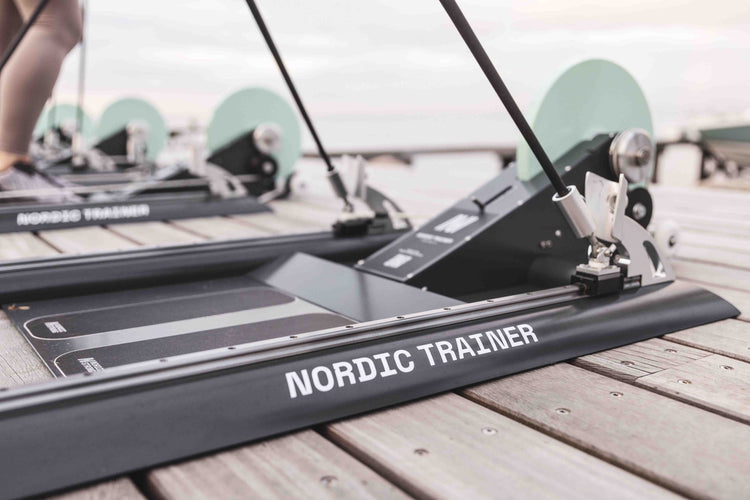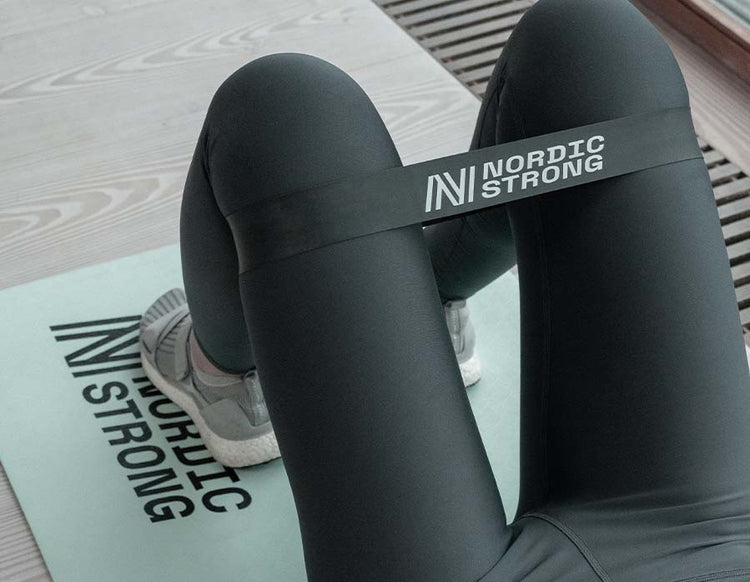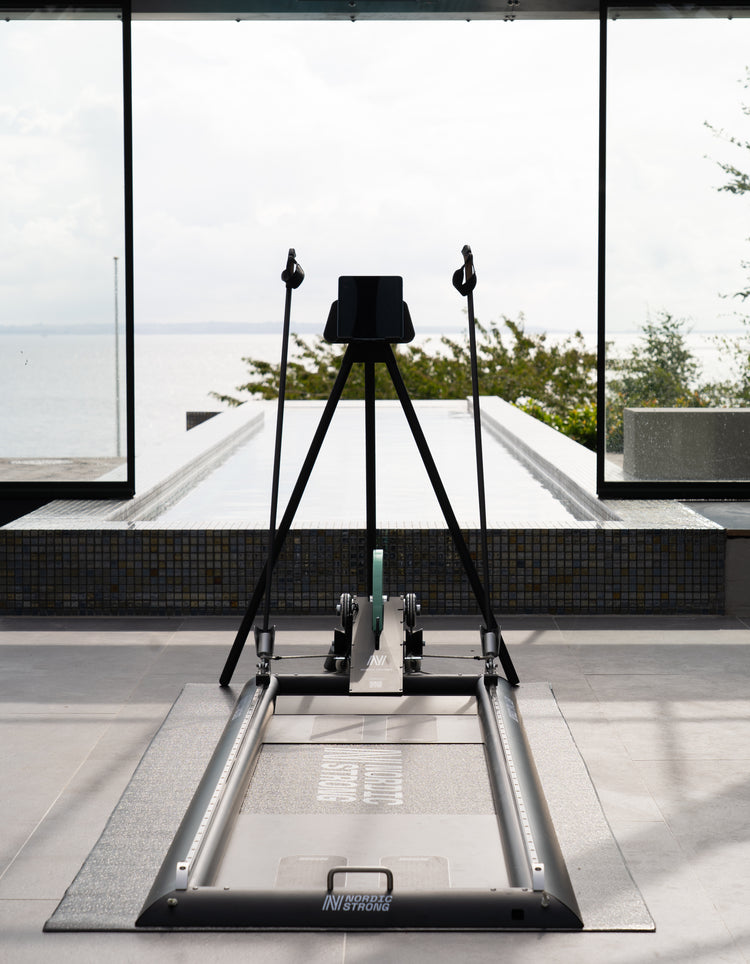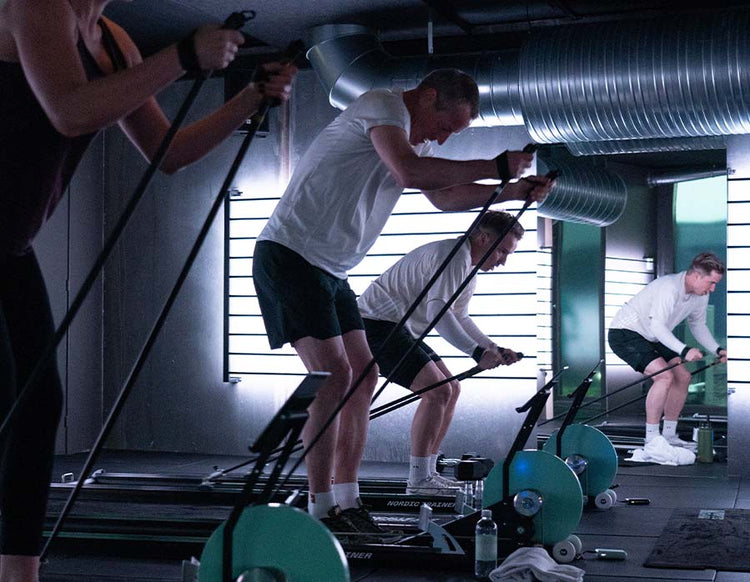The best cross train exercises for your workout regime

Cross train exercises
You went kayaking on your camping vacation or just walked your dog a few extra miles, and now your muscles are aching, yet you constantly exercise. Should you include kayaking in your training calendar? How about strength training for an arguably less exciting session?
While cross training is a popular term thrown everywhere, especially around gyms, its true meaning remains elusive. Generally, cross training is beneficial to your health, helps in speed recovery, and strengthens muscles.
In this article, we delve deeper into the meaning of cross training, its benefits, and the types of workouts.
What is cross training workout
Cross training is switching workouts to complement your routine by leveling off muscle imbalances. You may consider yourself to be in better shape through running or biking, but little do you know that you may be setting yourself up for mental burnout and injuries.
Cross training involves performing different types of exercises to work more muscle groups and agility. Additionally, cross training helps targets the five components of fitness that are important for health. Below are the five components of fitness you need to know:
Muscular endurance
It's how long your working muscles can take while working on the same task. A tremendous muscular endurance means you can complete repetitions of an exercise.
Flexibility
Flexibility refers to your joints' range of motion.
Cardiovascular endurance
It is how much your heart and lungs can keep up with the demand for oxygenated blood while working out.
Muscular strength
Refers to the amount you can lift in one bout.
Body composition
Body composition is the overall ratio of fat mass to fat-free mass.
If we were living in a perfect world, the exercises you perform should work all the five components. However, people are primarily drawn to specific training exercises or workouts. It is, therefore, common for one or two of the components to outweigh each other.
Cross training is your arsenal to preserving all of the five components. For example, if you are a yogi, the chances are that your flexibility and muscular endurance are great. Consider adding strength training workouts and cardio to your routine to enhance muscular strength and cardiovascular endurance.
The benefits of cross training workouts

Cross training workouts are famous for reducing boredom that crops in after a few months of doing the same workouts. It allows the conditioning of different muscle groups and relieves stress placed on the same muscles and cardiovascular system.
Your body becomes efficient in performing the regular exercises you are used to, which is great for competition but not your overall body fitness. At this point, conditioning doesn't change; you are simply maintaining the same level.
Cross training workout also reduces the risk of injury from repetitive strain. Other benefits of cross training workout include:
- Allowing for flexibility, if the gym is closed, you can go for a swim or take a walk
- Help with conditioning
- Improves balance, agility, and skills
- Reduces boredom from doing the same exercises ever day
- Works some muscles while others recover
- Allows one to train even with an injury
What activities are considered cross training?
The best things in life often involve compromise, and exercising is no different. You might want to run or do your favorite exercises every day or every week. Unfortunately, the scientific reality needs cross training. Here are the cross training workouts:
Swimming

Swimming, a no-impact full-body workout, is a great cross training workout alternative for anyone that needs to build shoulder mobility, endurance, and strength. It targets the most under-exercised parts when working out; the chest, arms, and shoulders. Unlike other exercises, it does not involve joint and bone stresses; instead, your heart, lungs keep pumping while joints relax.
While swimming has minimal injury risk, athletes should be careful not to extend their groins while performing breaststroke.
Cycling

Another form of cross training workout using different muscles is stepping onto a peddle in the gym or outside. Cycling enables your glutes and quads to take loads safely as a cardiovascular workout while enhancing your aerobic fitness at the same time. Cycling can greatly improve your running. What's more, 10-15 minutes cycling is like running 1.6km. Additionally, a spinning workout has fewer cases of injuries as it is controlled.
CrossFit
CrossFit is popularly known to build power, strength, and endurance in a fun way. CrossFit consists of high intensity level workouts involving movements in your regular life such as squatting, pushing, and pulling. The activities last for a predetermined amount of time to help build muscles. Use it as your standard routine, and be sure to make both upper and lower body.
Yoga
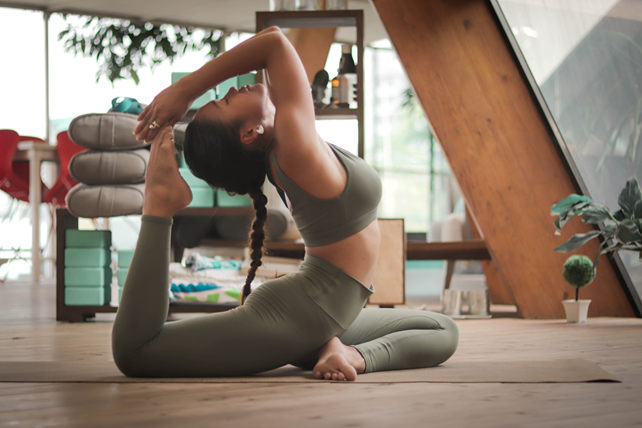
Yoga is another low impact exercise that encourages you to stretch to extents you wouldn't do with your regular exercises. If you are looking to be flexible, then yoga is a good choice for you. Get a terrific strengthening workout by unwinding and unfolding the upper body, back, and core. Additionally, yoga involves focusing on breathing patterns that enhance not only physical health but also mental health.
Water running

Also known as aqua-jogging, water running is famous for enhancing fitness levels. It is very similar to running; the only difference is that it bears no weight. Try using a floatation device so your feet don't hit the bottom of the pool. The key to getting the most out of it is keeping the leg turnover high. Water running is suitable for a runner recovering from injuries and those who do not wish to work out in the heat. However, it may be a bit tedious, so be prepared.
Cross country skiing
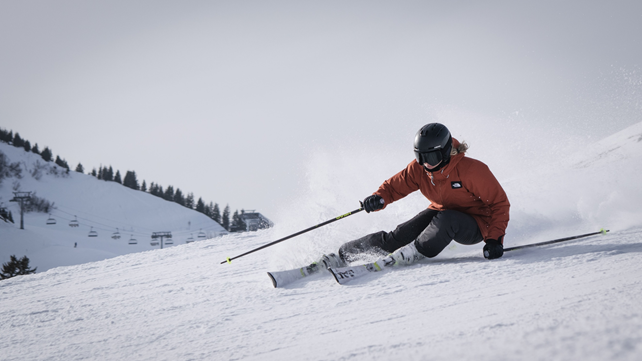
There is a reason why cross country skiers have high VO2Max values compared to other endurance athletes. Skiing is arguably one of the most challenging aerobic exercises you could try. Embrace the snow-filled season by visiting the local ski trails or going outdoors to the forests to increase training intensity. Or discover our Nordic Trainer which has a near perfect correlation to Cross country skiing.
Weight training
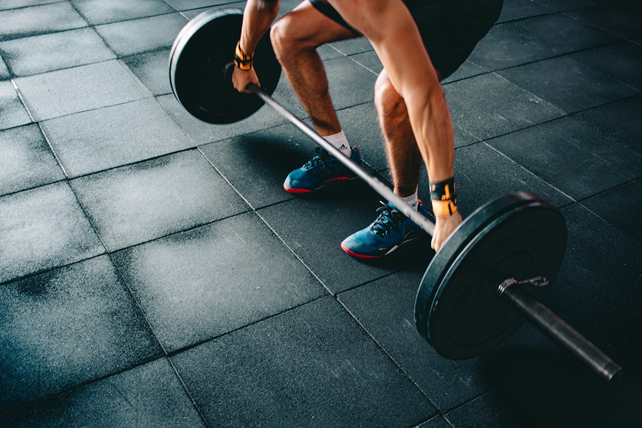
Weight training is beneficial in reducing fats, strengthening muscle, and increasing oxygen in the body. One form is resistance training, where you use your body weight to perform press-ups, leg-ups, and other weight training ranges of exercises. Generally, resistance training increases leg strength as well as balances out muscle group discrepancies.
Pilates
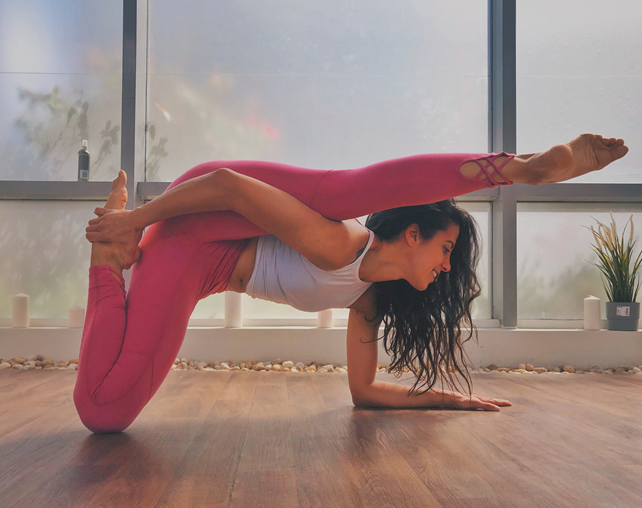
Like yoga, Pilates also add strength while improving flexibility. First, Pilates will open your diaphragm to let in more oxygen. It also stretches tired and aching muscles. Doing Pilates best strengthens your back and tightens the core.
Kayaking

Give your legs a break by going kayaking. You have the choice to make it as difficult and as easy as you wish. Consider taking a long kayaking vacation to discover the power of the cardiovascular workout. You may like the pace change from your regular workout routine.
Stair climbing

Stair climbing is a great aerobic exercise for quads and hips. What's more, you can do this exercise anywhere at home, gym, or even your workplace.
Rowing
The rowing machine benefits the hips, buttocks, lower and upper body. While this activity is usually underrated, you can use it to strengthen quads/legs for every stroke and tone your upper body as well. Consider getting some instructions on techniques before you try rowing.
Walking

Walking is another exercise that is underrated but has a way of loosening stiff and tired muscles. Power walking ensures your heart rate is on the roof. Benefit from taking strolls or power walks a day after you have had a massive workout or an interval training workout.
Running

Running ensures that you get a great workout anywhere to keep a robust cardiovascular system. You do not need to invest a lot; all you need is running shoes and the motivation to head out the door. Running helps to condition leg muscles, lungs, and heart. Studies have also found that it may decrease stress and relieve mild depression.
Hiking
Add a little variety to your workout schedule by getting outdoors for a hike. As you navigate roots, uneven surfaces, and rocks, hiking help build endurance and agility. Make sure you take hiking precautions before you leave for extreme weather conditions.
Core strength training
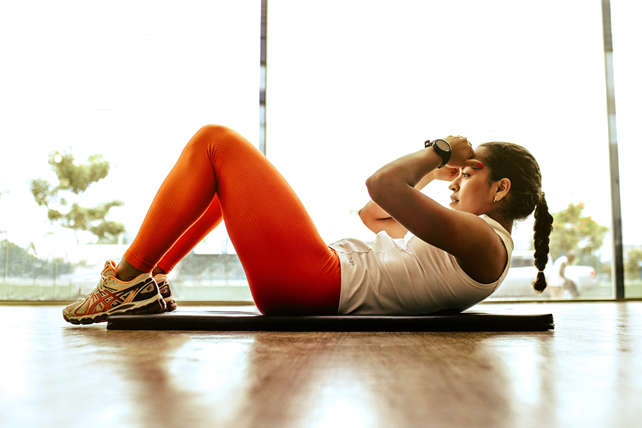
Muscles supporting the trunk and torso (core muscles) are the most critical muscles responsible for stabilizing the spine from the pelvis to the head. Core strength training helps you to transfer power to your arms and legs. Therefore, building s strong core is a great way to build athletic solid movements.
What is cross functional training workout?
Cross functional training workouts are varied functional exercises performed at high intensity. While every activity involves functional movements, cross functional training involves the best aspects of intense weight lifting, resistance training, rowing, etc.
The more workout you do in less time, the higher the intensity that leads to dramatic gains in fitness. Cross functional training workout make use of observable, measurable, and repeated results to forge general fitness.
How do you cross train at home?
We live in uncertain times when you can't be sure of going out anymore. Working out at home can be as effective as going to the gym; you just need to have the right mindset. Various exercises need minimal equipment. For instance, bodyweight exercises such as squats, sit-ups, lunges, press-ups, and burpees are a great way to switch up your cross training workout routine. You can also step out with a bicycle if you have one or just play football in your backyard.
How can I cross train without a gym?
Yes, you can perform cross training at home, in your living room, garage, a park, outdoors, or a backyard if you have one. Working out without going to the gym could be the answer to not finding time for fitness.
You could assemble a few essential workout pieces of equipment like dumbbells, kettlebells, an exercise mat, resistance bands, and stability balls. You could also switch your routine by perming own bodyweight exercises such as mountain climbers, lunges, squats, and other conditioning exercises.
Other cross training activities you could perform without a gym include:
- Swimming
- Walking
- Stair climbing
- Running
- Hiking
- Kayaking
- Cross country skiing
- Water running
- Cycling
